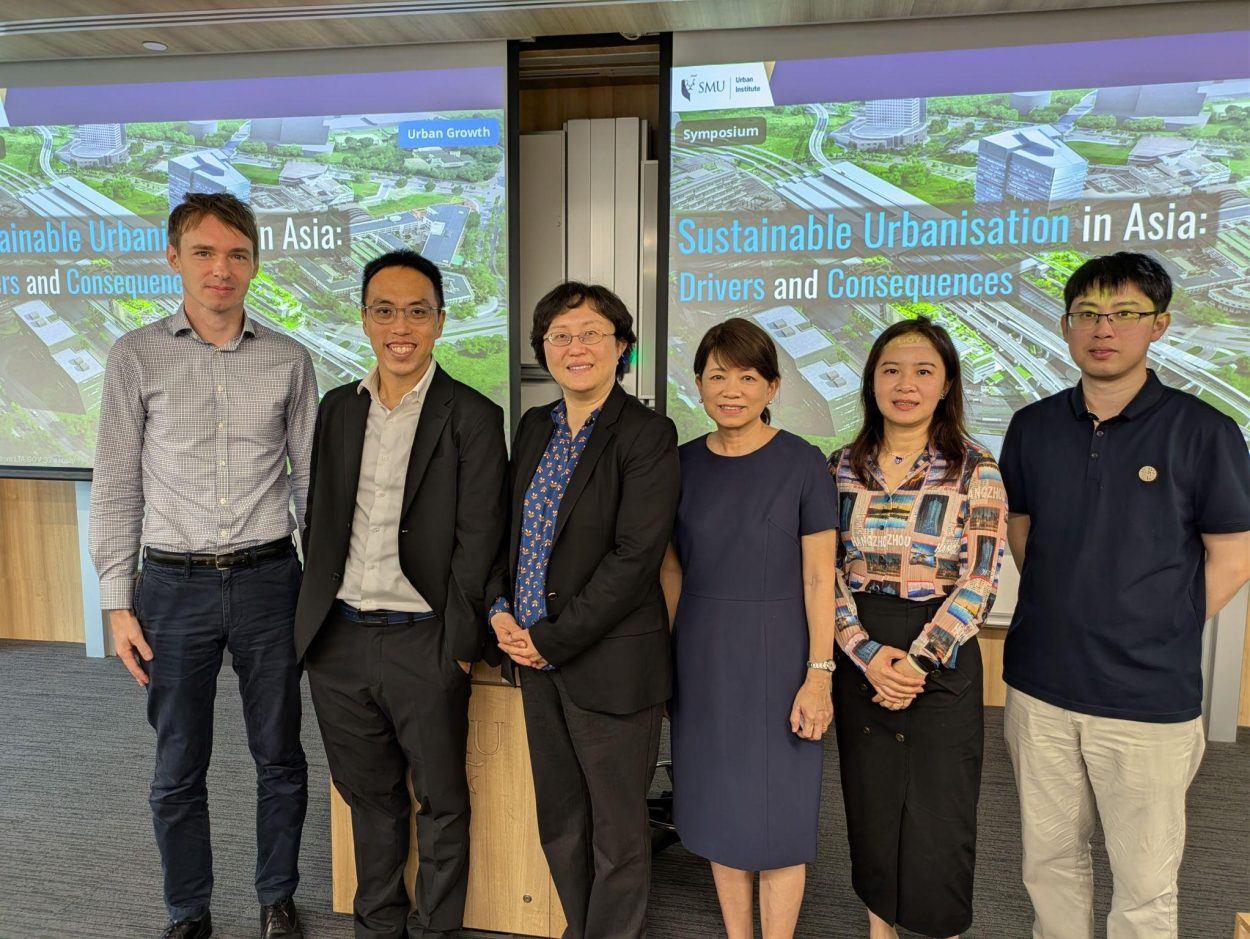Massachusetts Institute of Technology and Wentworth Institute of Technology researchers speak at State House Briefing highlighting pathways to reduce the state’s carbon emissions and improve housing affordability
Researchers from the Wentworth Institute of Technology (WIT) Construction Management Program and the Massachusetts Institute of Technology (MIT) Center for Real Estate report results from their study on net-zero building codes and housing affordability at a briefing for Massachusetts policymakers at the State House. The briefing began by centering the urgency of the climate crisis, reiterating the need for more energy efficient buildings, and supporting the essential steps Massachusetts has taken with an updated stretch energy code and the promulgation of the opt-in specialized stretch energy code. “Adoption of the opt-in specialized code is crucial to helping Massachusetts achieve statutory emissions reductions by requiring pre-wiring of new mixed fuel homes and avoiding higher cost future electrification retrofits,” said Justin Steil, one of the authors of the report. “The opt-in specialized code requirement that new multifamily housing achieve Passive House standards will significantly reduce carbon emissions from those buildings in addition to delivering health benefits to residents.”
The briefing also noted the long-running crisis of housing affordability in the Commonwealth, such that one out of every two renter households (49 percent) and nearly one out of every three (30 percent) homeowner households with a mortgage in Massachusetts were housing cost burdened – that is to say, paying 30 percent or more of their income towards housing costs – in 2021. The researchers advised that further action is needed to meet critical goals of achieving net-zero carbon emissions from the building sector, increasing stock in the housing market, and improving housing affordability.
“The cost estimates for construction under the updated codes at a Home Energy Rating System (HERS) score of 42-45, which will be the requirements for buildings under the updated stretch code, relative to the 2022 stretch code requirement of a HERS score of 55 or higher, found that single family construction costs increased by 1.8 to 3.8 percent, while large multifamily Passive House construction was associated with an average 2.4 percent cost premium, relative to current code requirements,” said Payam Bakhshi, Afshin Pourmokhtarian, and John Cribbs, all WIT authors of the report. “Several large non-profit builders of multi-family affordable housing noted that as developers, engineers, and subcontractors have become more accustomed to Passive House construction requirements and techniques, incremental costs have declined and will likely continue to decline.”
Modeling energy cost savings of the more efficient homes found energy cost savings of more than 20 percent for single family homes and other studies on Passive House construction have found reductions in energy use of 40-60 percent or higher. The benefit of those energy cost savings, however, was outweighed by the increase in construction costs. “The extent to which these incremental costs are passed on to homebuyers or tenants depends on local market supply and demand conditions,” said Siqi Zheng, a co-author of the report. “The effects of any increased costs will be felt most by low- and moderate-income households in the Commonwealth.”
The estimates of the cost of construction identify a ductless, all-electric home as the least expensive pathway to compliance. The increase for this construction pathway at HERS 45 relative to HERS 55 is estimated to be less than the new MassSave all-electric incentive. Builders point out, however, that the MassSave incentives are not available in all jurisdictions in the state and that the long timelines of housing development often exceed the stated commitment to the incentive availability which makes it difficult or impossible for developers to include these incentives in their pro-formas in order to obtain lender financing.
“In addition to adoption of the specialized stretch energy code, local and state policymakers have multiple tools that can advance the Commonwealth’s climate agenda while also increasing housing affordability. Since restrictive (and often exclusionary) local land use regulations are currently a major driver of the high cost of housing as well as of carbon intensive and unsustainable living patterns, reform of local land use regulations such as expanded by right zoning for multifamily housing and for homes on small lots is crucial to further reduce carbon emissions and simultaneously improve housing affordability,” urged the authors at the July 18th 2023 State House briefing. “Other tools to simultaneously improve the energy efficiency of buildings and housing affordability include efforts to: streamline the permitting process specifically for energy-efficient homes; restructure financial incentives to ensure they are available for longer periods of time; to improve the state’s electrical infrastructure and speed utility connections; create centralized and more efficient access to green building incentives through a Building Decarbonization Clearinghouse; increase technical assistance for green building; facilitate use by real estate agents and appraisers of the Residential Green and Energy Efficient Addendum; improve underwriting of energy-efficient homes and expand access to energy-efficient mortgages, and expand financing sources for energy-efficient and affordable homes through the new Massachusetts Community Climate Bank.”


